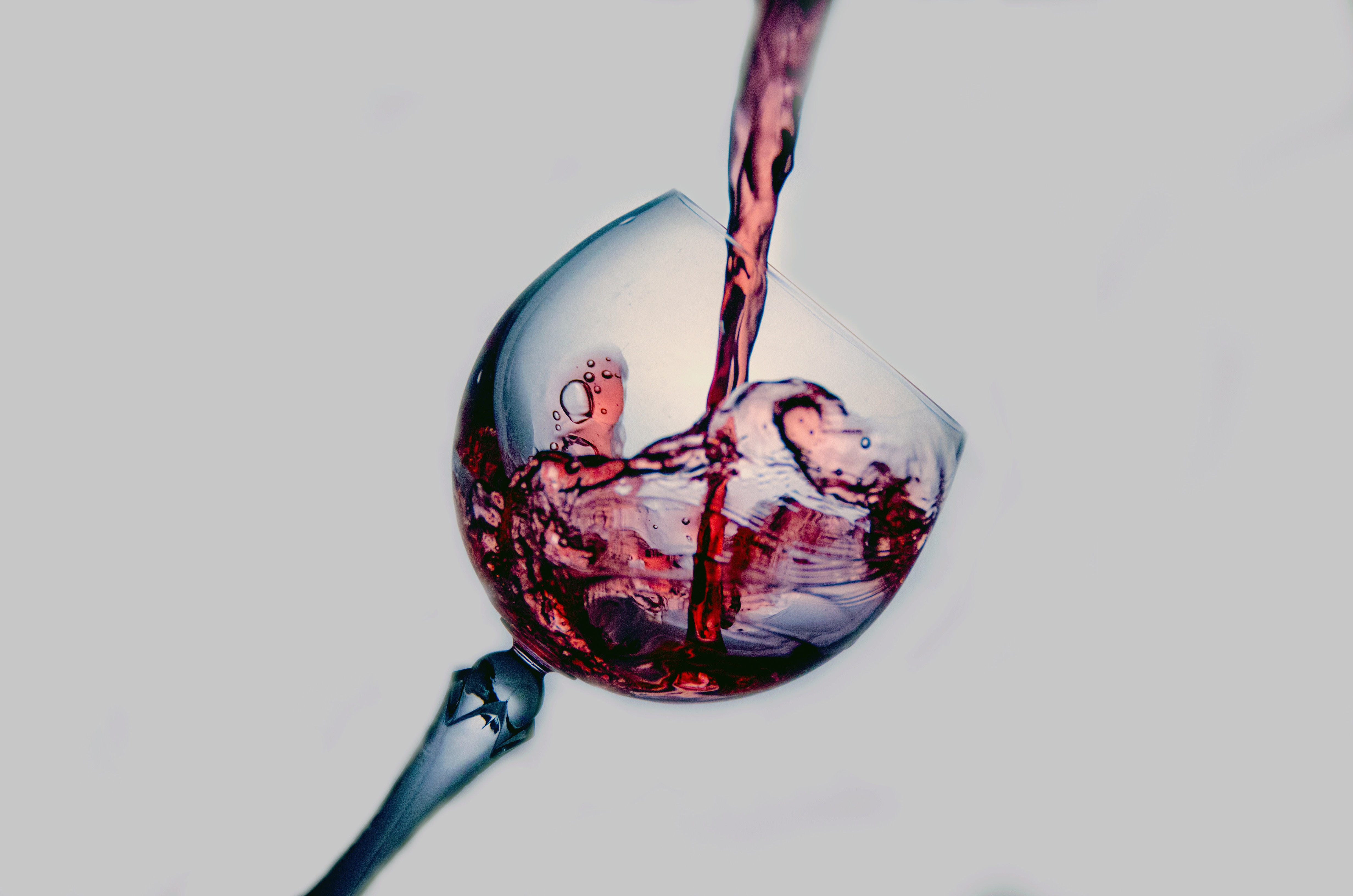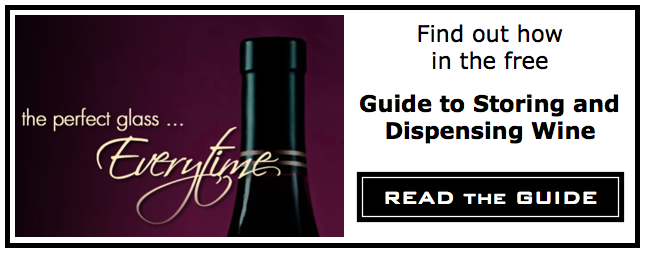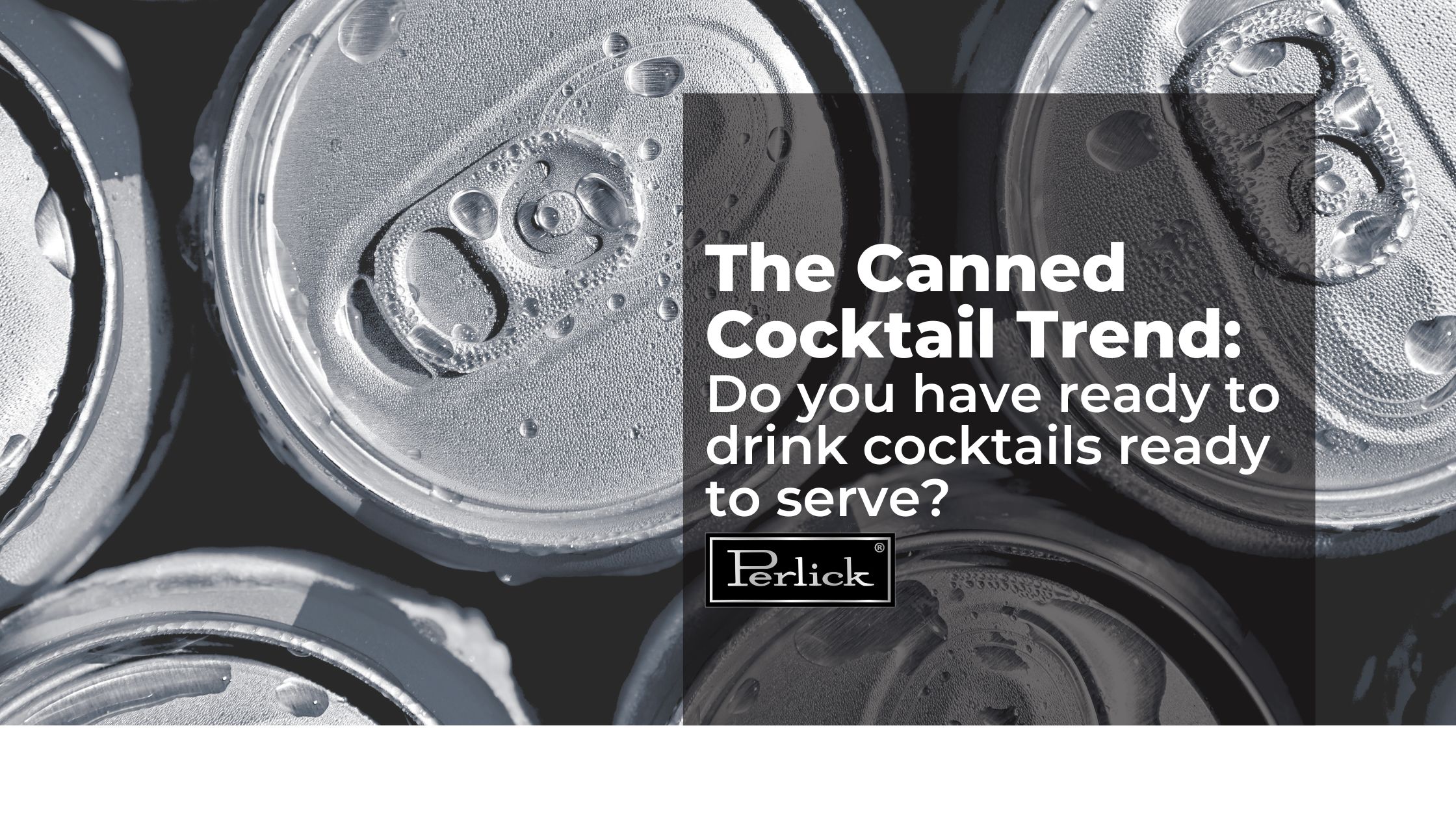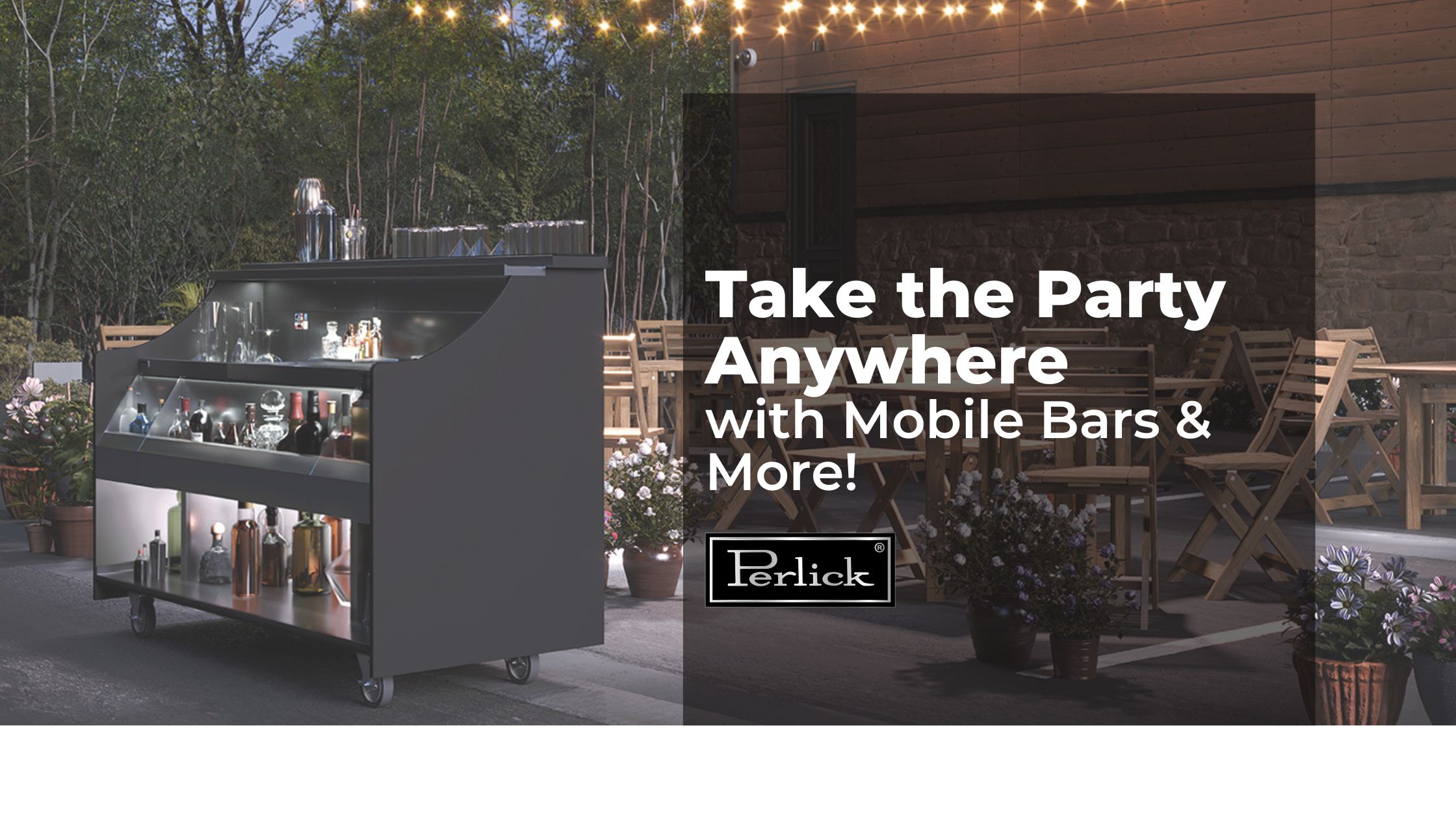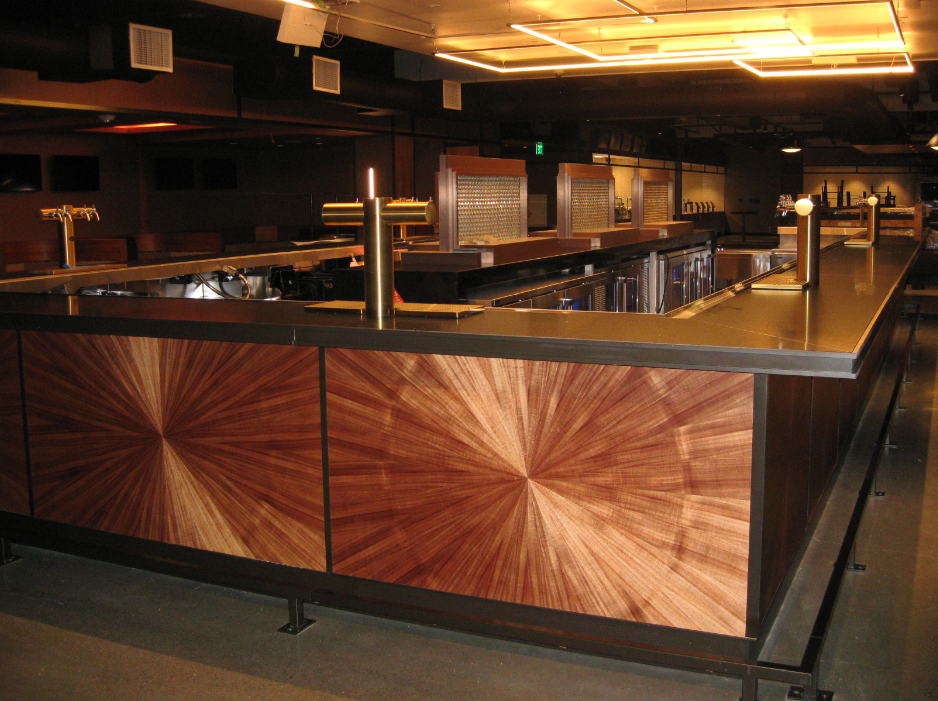As a customer at a restaurant or a bar, it’s a bit disappointing to find out you can’t order a glass of your favorite wine because it’s only sold by the bottle. For operators, they would love to help mitigate this disappointment. In fact, restaurants and bars would love to offer every single wine on their list by the glass: if wine is the item with the highest markup, single glasses score even higher profits.
Unfortunately, that’s often impracticable, especially for the finer wines on the list.
The problem is wine’s fast spoilage time. Even when it's kept at the proper temperature, an opened bottle of wine will lose its original flavor rather quickly to the enemies of wine, and the last glass won’t be as good as the previous one.
It’s a problem that leaves everyone unhappy.
For customers, it often results in a choice between a bottle, which may be too much wine, or a glass of wine they may not prefer. Wine on tap also encourages wine enthusiasts to be more adventurous. Instead of investing in the entire bottle, curious customers can sample a glass of high-end wine they may otherwise have passed on because of price. In doing so, they just might discover a new, favorite wine!
For operators and beverage programs? Not serving wine on tap can be money left on the table, or shall we say, in the customer's wallet.
A solution began to pick up steam a few years ago with wine on tap.
Wine on tap systems keep wine’s flavor intact for weeks on end. For businesses, that means the possibility of selling more wines by the glass with consistent quality, the only hurdle being knowing what wines they should offer on tap. But that's the fun part, so to speak. Selecting keg wines means higher quantities, which results in a lower cost per glass and even higher returns.
The next step is getting it to the glass, and the right dispensing equipment should be built with materials that can resist wine’s high acidity and prevent any contact with oxygen (the main cause of spoilage). Supply has also become more efficient, thanks to specialized companies that take care of filling the kegs, distributing them, and collecting the empties, providing a wider and wider variety of vintages.
Wine on tap is going mainstream
Wine on tap has come a long way since it was first introduced and now is becoming widely accepted. Customers don’t seem to miss seeing their wine poured from a bottle, while bars and restaurants are confident enough to include more expensive choices in the on-tap list.
Everyone wins.


